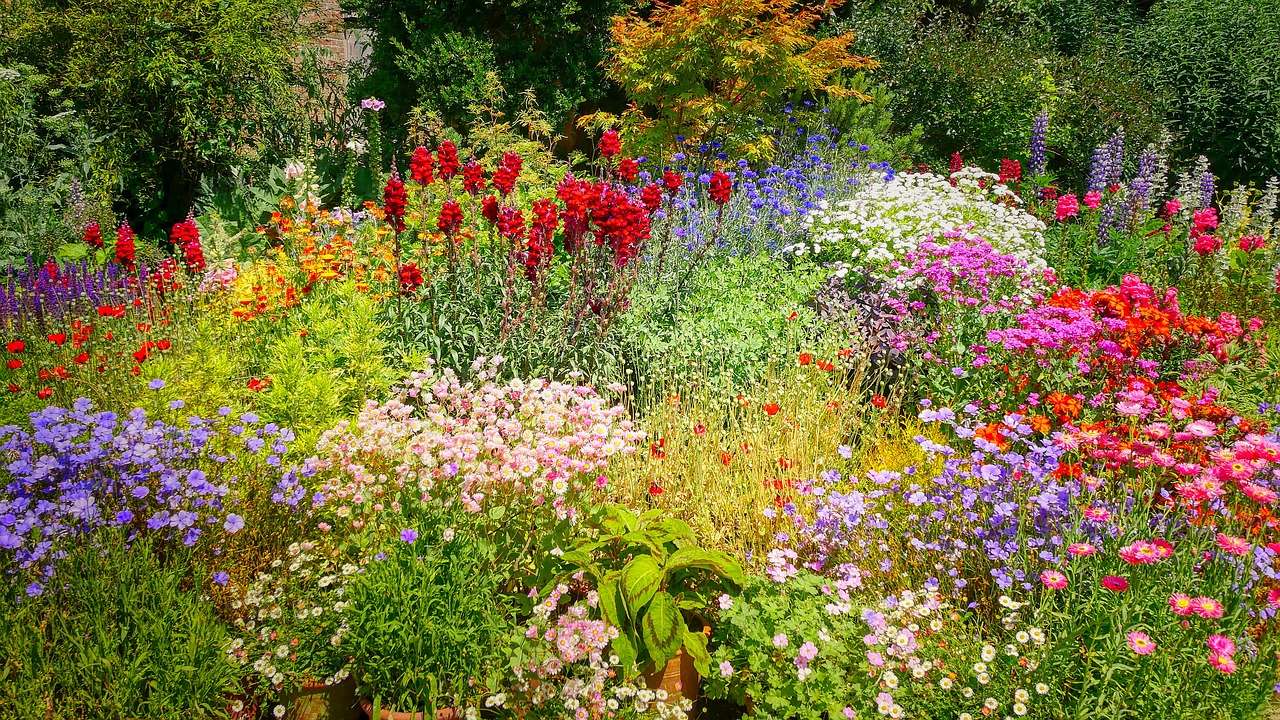In today’s world, where environmental consciousness is on the rise, chaos gardening stands out as a beacon of sustainable landscaping. This holistic approach to gardening not only nurtures biodiversity but also fosters a deeper connection with nature. In this comprehensive guide, we’ll explore the steps, considerations, and benefits of chaos gardening, empowering you to create a vibrant, low-maintenance landscape that thrives in harmony with the environment.
Chaos Gardening Guide

Step 1: Understanding Chaos Gardening
At its core, chaos gardening is about embracing the natural order of things. Instead of imposing rigid structure and control, it celebrates the inherent beauty and resilience of wild landscapes. By allowing plants to grow freely and interact with each other, chaos gardening creates an ecosystem that is self-sustaining and adaptable.
Step 2: Choosing the Right Plants
One of the first considerations in chaos gardening is selecting plants that are well-suited to your climate and soil conditions. Native species are particularly well-adapted to local environments and can thrive with minimal intervention. Additionally, consider incorporating a diverse array of plants, including wildflowers, grasses, and shrubs, to create a rich tapestry of colors and textures.
Step 3: Designing Your Chaos Garden
While chaos garden may appear wild and untamed, it still requires careful planning and design. Start by assessing your outdoor space and identifying areas for planting. Consider factors such as sunlight, soil quality, and drainage to determine the best locations for different types of plants. You can also incorporate elements such as pathways, seating areas, and water features to enhance the overall aesthetic and functionality of your garden.
Step 4: Planting and Maintenance
Once you’ve designed your chaos garden, it’s time to get your hands dirty. Plant your chosen species in their designated locations, taking care to space them out to allow for natural growth and expansion. While chaos gardening is inherently low-maintenance, some upkeep is still required, such as watering during dry spells, mulching to suppress weeds, and occasional pruning to maintain plant health.
Step 5: Embracing the Benefits of Chaos Gardening
One of the most significant benefits of chaos gardening is its positive impact on biodiversity. By creating a habitat that supports a wide range of plant species, you’ll attract a diverse array of pollinators, birds, and other wildlife, contributing to overall ecosystem health. Additionally, chaos gardening requires fewer resources, such as water and fertilizers, making it an environmentally sustainable choice.
Considerations for Success
While chaos gardening offers many benefits, it’s essential to approach it with realistic expectations. Accept that your garden will evolve and change over time, and be open to embracing the natural chaos that comes with it. Additionally, be mindful of invasive species and take steps to prevent them from taking over your garden.
Chaos gardening is more than just a landscaping trend – it’s a philosophy that encourages us to reconnect with nature and embrace the beauty of the wild. By following the steps outlined in this guide and considering the various factors involved, you can create a stunning and sustainable garden that brings joy and inspiration for years to come.
Check out our Novel Writing Workbooks
Check out Little Tree Food Forest for articles on food forests and homesteading.
Check out FoodieScapes for articles on growing, fermenting and preserving food
Check out StoryScapes.World for articles on writing.
Subscribe to our newsletter to get information delivered to your inbox on homesteading, growing food, food preparation, travel, fishing, and more.











